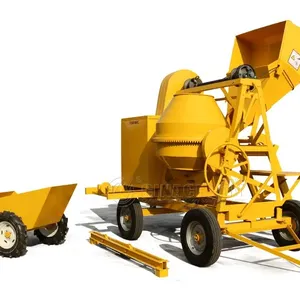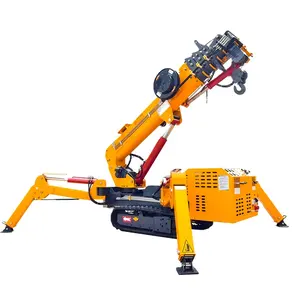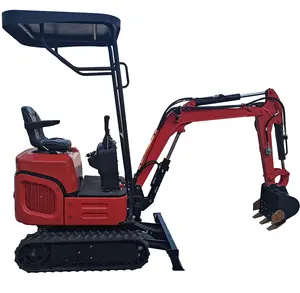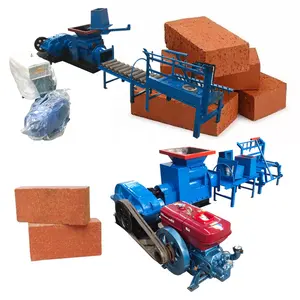Popular in your industry









































































Related Searches:
























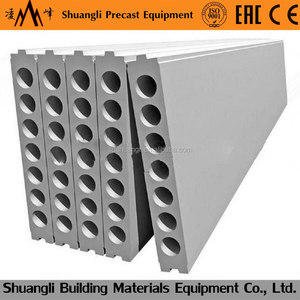



























































































































Top categories
About precast aac panel
Precast AAC Panel Overview
Autoclaved Aerated Concrete (AAC) panels are a staple in modern construction, renowned for their lightweight yet robust nature. Precast AAC panels are manufactured in a controlled factory environment, ensuring consistent quality and performance. These panels are an integral part of the construction industry, serving as an efficient alternative to traditional materials.
Composition and Manufacture
The manufacture of AAC panels involves combining materials like sand, cement, lime, water, and an expansion agent. The mixture is then poured into molds where it undergoes a chemical reaction that causes it to expand. Once set, it's cut into precisely measured panels and subjected to high-pressure steam curing in autoclaves, which enhances the panel's strength and durability.
Types and Applications
AAC wall panels and AAC floor panels are two common types, each serving distinct purposes in construction. Wall panels are used for internal and external walls, providing excellent thermal insulation and fire resistance. Floor panels, on the other hand, are used for creating quick and sturdy flooring solutions. These panels are versatile and can be used in a variety of settings, from residential to commercial buildings.
Features and Advantages
The features of AAC panels include their lightweight nature, which reduces the load on the structure and leads to cost savings in the foundation. They also have excellent thermal insulation properties, contributing to energy efficiency in buildings. Their fire-resistant and pest-resistant qualities make them a safe and durable choice. Moreover, the advantages of AAC panels extend to their ease of installation and ability to be cut and shaped on-site, facilitating faster construction times.
Environmental Impact and Sustainability
Sustainability is a significant aspect of AAC panel production. The materials used are often sourced from industrial waste products, such as fly ash, making them an eco-friendly option. The production process itself is designed to have a low environmental impact, with minimal waste and reduced energy consumption compared to traditional concrete products.
Maintenance and Longevity
Maintaining AAC concrete panels is straightforward, as their solid structure resists moisture and does not allow for the accumulation of dust or particulates that could affect their integrity. The longevity of these panels is notable, as they are designed to withstand various environmental factors, ensuring long-term performance without significant degradation.

